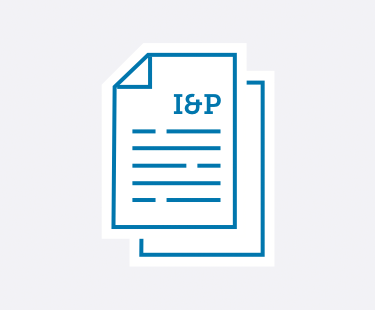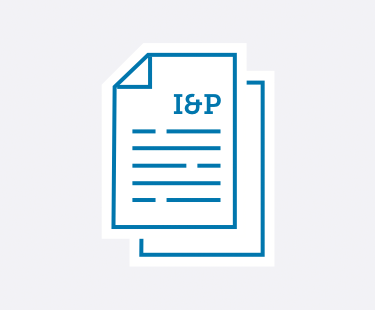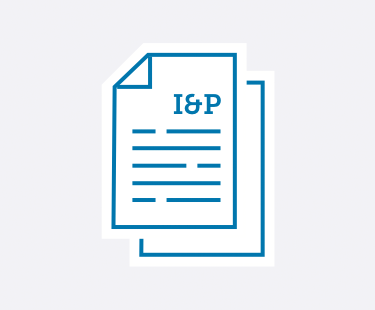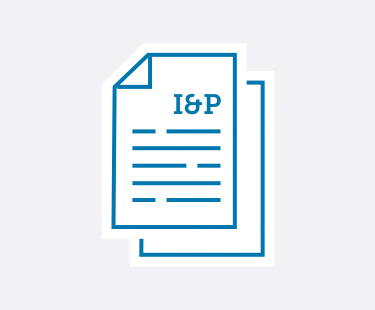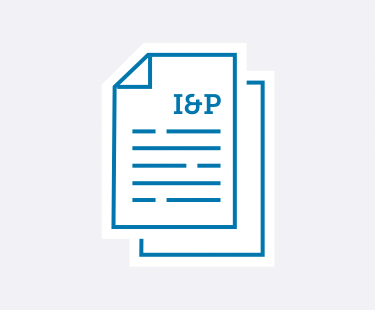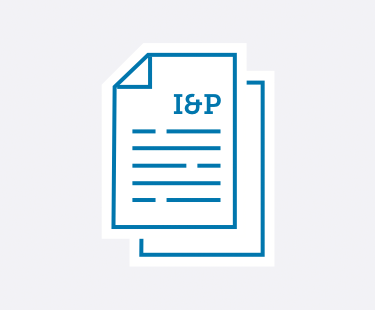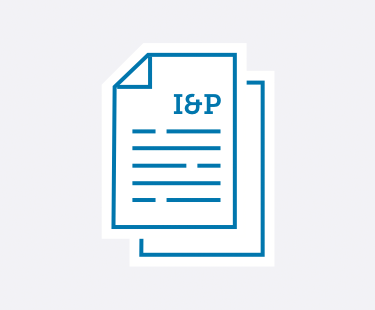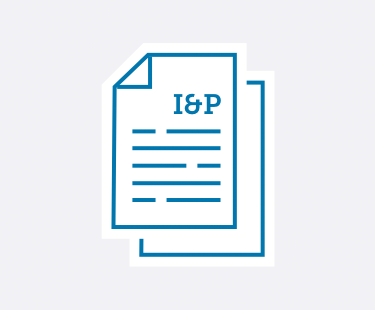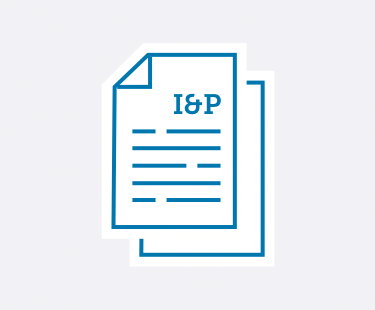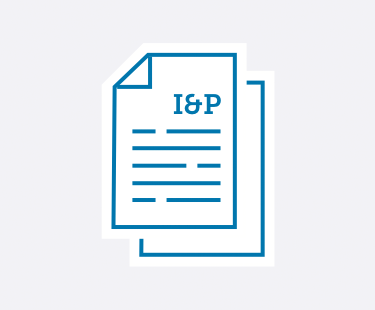

Learn practical strategies to handle emerging trends and leadership challenges in private schools.
No matter if you’re a School Head, Admission Director, Development Director, Board member, or any other private school administrator—Ideas & Perspectives®, ISM’s premier private school publication, has strategic solutions for the pervasive problems you face.
- Tuition not keeping pace with your expenses? In I&P, explore how to use strategic financial planning to create your budget and appropriately adjust your tuition.
- Enrollment dropping off? Discover how to implement the right admission and enrollment management strategies that engage your community—and fill your classrooms.
- Trouble retaining teachers? Learn how you can best support your teachers using ISM’s Comprehensive Faculty Development framework. Your faculty members will become more enthusiastic about their roles—which ultimately improves student outcomes.
- Fundraising campaigns not as successful as you’d hoped? Implement ISM’s practical advice and guidance to build a thriving annual fund, construct an effective capital campaign, and secure major donors—no matter your community size or location.
- Not sure how to provide professional development—for you and your staff? Learn ways to develop and fund a successful professional development strategy. You can improve teacher-centered satisfaction and growth, which in turn strengthens student-centered learning.
- Problematic schedule? You can master the challenges of scheduling with the help of ISM’s practical advice, based on our experience with hundreds of schools and our time-tested theories.
- And so much more.
I&P has shared targeted research, up-to-date insight, and sound theory with school leaders since 1975. More than 8,500 private school decision-makers find the answers to their schools’ administrative and governance matters in our advisory letter. We give you the strategic answers you need.
As an ISM Silver or Gold member, you not only receive issues online and in print 10 times a year, but you have access to 900+ articles in our web archive. Need help? It’s at your fingertips! Learn more and sign up for ISM's membership here.
Search
See the articles from our latest issue of Ideas & Perspectives.
Announcing Tuition: Focus on the Benefits
Volume 43 No. 12 // September 25, 2018
When you, as School Head, set and announce tuitions, you fear parents will protest any increase. Reduce your concerns by planning carefully and developing a solid “case,” focusing on the student benefits garnered from the school’s financial stability. When you are confident about the strategic plan you and the Board have for the future—and when you understand the way parents think about your school—you can reinforce the value they receive for their tuition “investment.” (ISM’s research demonstrates that parents don't question the tuition for school experiences that provide value.)
1. Already a member? Click here to login.
2. Not a member? Click here to become a member.
3. Not sure? We'll help you figure it out.
Use an Impact vs. Effort Matrix to Prioritize Your To-Do List
Volume 43 No. 12 // September 25, 2018
As an advancement professional, there’s little doubt that, at some point, you’ve looked at your ever-growing to-do list and wondered, “Where do I even begin?”
1. Already a member? Click here to login.
2. Not a member? Click here to become a member.
3. Not sure? We'll help you figure it out.
Establishing and Enhancing Partnerships With College Contacts
Volume 43 No. 12 // September 25, 2018
A strong college counseling program is essential for any private-independent school’s upper division. In the minds of most parents, your upper school must provide college preparation (and more). They expect help with college placement to ensure college success—and this is often a chief determinant for families looking to enroll their children in your school. Developing close ties with college contacts is an integral part of your bottom line. Because college admission staffs often have high turnover rates, this is an ongoing process.
1. Already a member? Click here to login.
2. Not a member? Click here to become a member.
3. Not sure? We'll help you figure it out.
Dealing With Hidden Inflation, 2018
Volume 43 No. 11 // September 4, 2018
As a Trustee, School Head, or Chief Financial Officer, you know that a decision to hold tuition flat for a year or more results in lost ground and places pressure on future budgets. Inflation depletes your real income and your school can lapse into insolvency.
1. Already a member? Click here to login.
2. Not a member? Click here to become a member.
3. Not sure? We'll help you figure it out.
An Audit Checklist for Your Parent Association
Volume 43 No. 11 // September 4, 2018
Maintaining a properly focused Parent Association is difficult—but it is well worth the effort for enhancing strong parent relations and providing powerful marketing tools for your school. Here are potential problems and issues to consider.
1. Already a member? Click here to login.
2. Not a member? Click here to become a member.
3. Not sure? We'll help you figure it out.
Providing Support for the Summer Program Director
Volume 43 No. 11 // September 4, 2018
Operating an attractive, effective, and profitable summer program requires the year-round attention of the Summer Program Director. During the summer, the Director needs considerable administrative support as he or she works full-time, focusing on day-to-day administrative tasks—in short, reacting to the immediate. During the academic year, the need for administrative support becomes more intermittent as the Director works part time to plan and prepare for the coming summer’s programmatic excellence and financial success.
1. Already a member? Click here to login.
2. Not a member? Click here to become a member.
3. Not sure? We'll help you figure it out.
ISM Loses Its Founder: Dr. W. Rodman Snelling
Volume 43 No. 11 // September 4, 2018
Rod Snelling made a difference in the world through his devotion to private-independent school education. His leadership at Independent School Management will be sorely missed. He pioneered innovative concepts that led to the founding of our company, the first analysis firm in the United States dealing exclusively with private-independent schools. Since ISM’s inception, thousands of administrators and schools in North America and abroad have benefited from his theory, research, and analysis.
1. Already a member? Click here to login.
2. Not a member? Click here to become a member.
3. Not sure? We'll help you figure it out.
First Stage of the Donor Cycle: Identify
Volume 43 No. 11 // September 4, 2018
Fundraising would be easy if you only had to “follow the money”—acquire an online list of wealthy area residents and assign volunteers to call them. However, the heart of successful fundraising lies in building relationships. Your responsibility is not to “sell” prospects on contributing to a specific school program or project. Understand your donors’ values and interests, and then show them how their commitments connect with your school and its mission.
1. Already a member? Click here to login.
2. Not a member? Click here to become a member.
3. Not sure? We'll help you figure it out.
Student Engagement’s Impact on Stress and Well-Being—What Your School Must Know and Do
Volume 43 No. 10 // August 23, 2018
It is a distressing and growing issue that private-independent school students are showing increasing levels of stress, substance use, risky behavior, and anxiety. Recommended strategies for mitigating stress and managing mental health, while improving student well-being, include enactment of a healthy daily schedule and yearly calendar, and a predictable and supportive faculty culture, with effective advisory and counseling programs. Recent ISM research with nearly 13,000 students in private-independent middle and upper schools demonstrates that increased student engagement must be added to that list.
1. Already a member? Click here to login.
2. Not a member? Click here to become a member.
3. Not sure? We'll help you figure it out.
Staffing Your Corps of Advisors: Criteria and Caveats
Volume 43 No. 10 // August 14, 2018
ISM has encouraged schools to recognize the benefits a robust, mission-based advisory program can yield for students, faculty, and the institution. We encourage you, as School Head or Division Head, to focus on creating and sustaining a professional guidance program contributing to a predictable and supportive experience for all middle- and upper-school students through a principled assignment of personnel to the advisor role.
1. Already a member? Click here to login.
2. Not a member? Click here to become a member.
3. Not sure? We'll help you figure it out.


